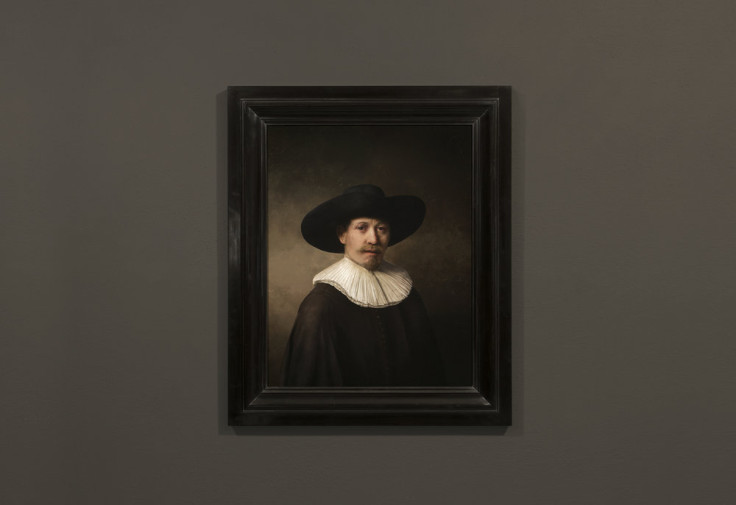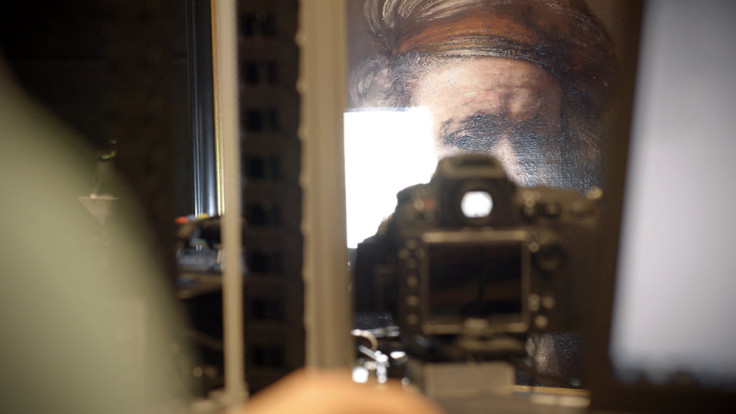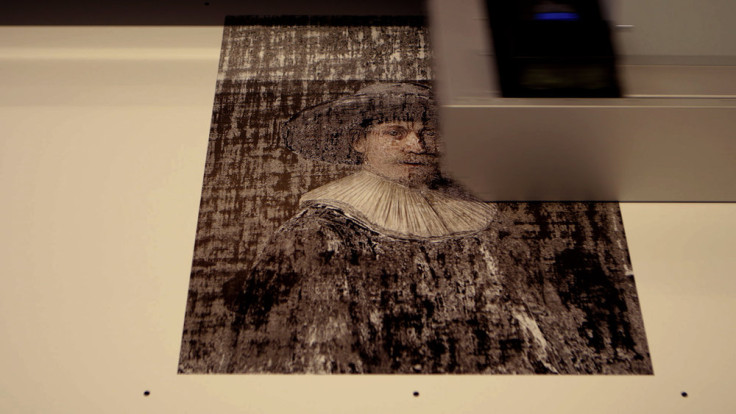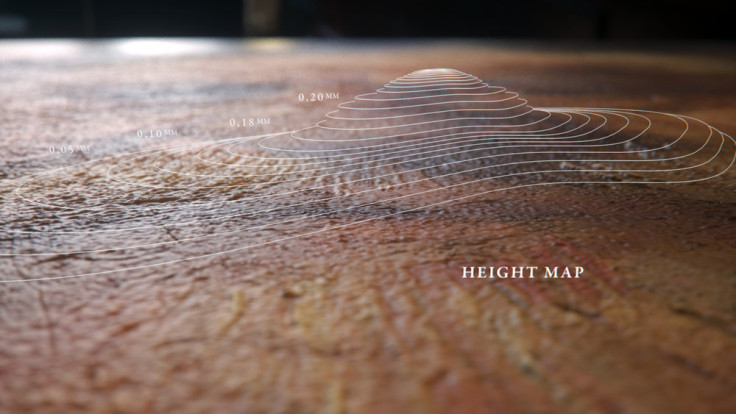'New work' by Rembrandt unveiled in Amsterdam may change future of art

When the seemingly recognisable oil painting of a noble 17th century man by Rembrandt was unveiled this morning (5 April) all eyes were on the male figure wearing a wide-brimmed hat, but not for the usual reasons. Rather than gazing upon a revelatory find from the 1600s, the portrait was in fact a very detailed re-imagining of Rembrandt van Rijn's work, created entirely from computer data and 3D printed.
Entitled 'The Next Rembrandt', the piece of work was the result of an epic 18-month journey by a host of art historians, software developers, engineers, data analysts and scientists to bring the work of a famous but deceased artist back to life as well as push the boundaries of digital imagery far into the future.

The concept conceived originally by Bas Korsten, Executive Creative Director of advertising agency J. Walter Thompson Amsterdam, 'The Next Rembrandt' brought together the likes of ING and Microsoft as well as a host of art historians and experts from Delft University of Technology, the Mauritshuis in The Hague and the Rembrandt House Museum in Amsterdam.
The primary aim of the team was to analyse all 346 of Rembrandt's paintings in high resolution 3D scans and process every detail from the Dutch masters' subjects to create a digital algorithm of every element of his work in order to transform them into art.

The primary aim was to ascertain what the culmination of every single piece of Rembrandt's work would look like. Using facial recognition technology and thousands of scans, every eye, nose and mouth of every subject were studied as well as every element of every subject, landscape and feature.
Professor Joris Dik from the Technical University Delft who led the project said: "There's a lot of Rembrandt data available — you have this enormous amount of technical data from all these paintings from various collections. And can we actually create something out of it that looks like Rembrandt? That's an appealing question."
The outcome of this extensive and strenuous process is an extremely high resolution portrait of a man in his 30s, dressed in black and sitting alone. Sounds simple, but this artwork also consists of over 148 million pixels, based on 168,263 painting fragments from Rembrandt's work.
Korsten is the first to recognise the significance of their work but also notes that the original will always remain on a pedestal. "When we embarked on this journey," he said, " we didn't know the outcome. Can you teach a computer how to paint like Rembrandt? Can you distil Rembrandt's artistic DNA to create new art? All I can say about the outcome is that I see a person. Not a computer image. For me it shows that this marriage between data and art is still in the honeymoon stage."

It would certainly have been easier and quicker for Rembrandt to have painted it himself of course, however having died almost 347 years ago, the benefit of technology to bring his work back to life cannot be underestimated.
Art historian and Rembrandt expert, Gary Schwartz was very excited about the new unveiling. "The Next Rembrandt is a fascinating exercise in connoisseurship," he notes. "The developers deserve credit for setting themselves to identify the features that make a Rembrandt a Rembrandt.
"While no one will claim that Rembrandt can be reduced to an algorithm, this technique offers an opportunity to test your own ideas about his paintings in concrete, visual form."

The result, even on the page, is very impressive and shows a truly new way in which we can interact with art. The project was originally created by J. Walter Thompson Amsterdam for ING bank. As Tjitske Benedictus, the bank's head of sponsoring said "ING is always looking for innovations that empower people in their daily lives. This project is about bringing that innovative spirit to one of our main sponsorships, that of Dutch art and culture."
However, whilst it may have started out as a promotional exercise, the outcome does raise many new questions about how new artists will work in future as well as how data scientists and technicians will interact with art from the past.
There are bound to be critics of 'The Next Rembrandt' who may see this as a new type of forgery, but when the technology comes from the original in order to create something entirely new, the boundaries between what the paintbrush and the computer can create become increasingly blurred.
© Copyright IBTimes 2025. All rights reserved.






















